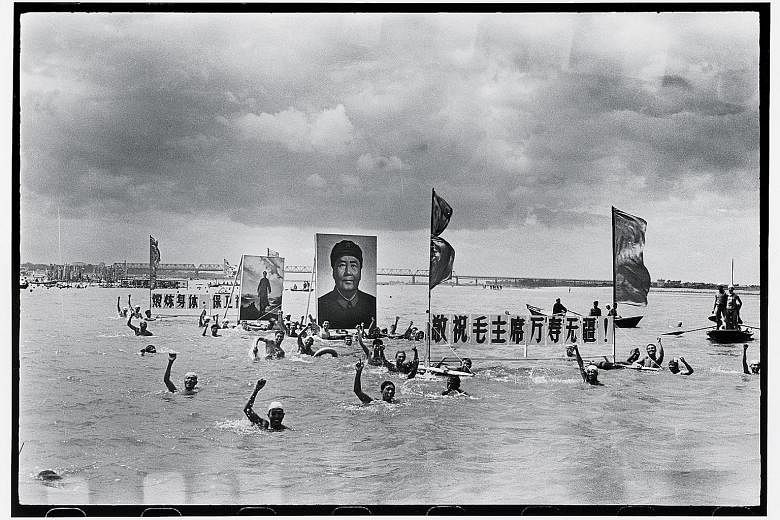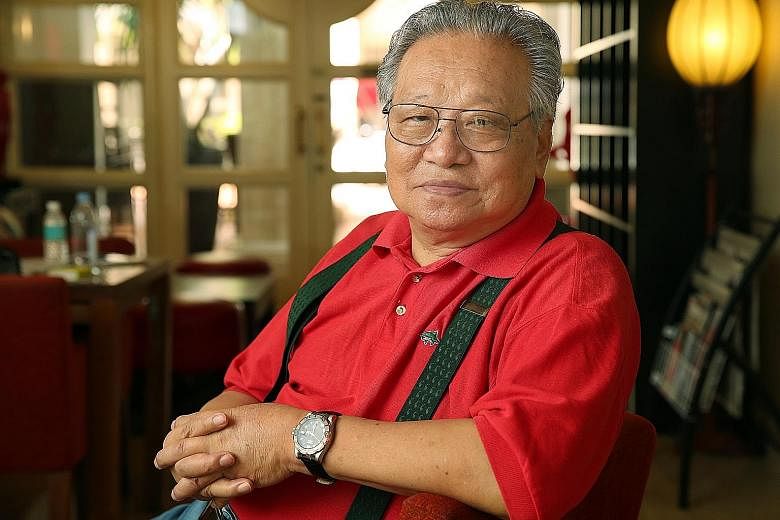At the height of China's bloody 10-year Cultural Revolution, when paranoia was at fever pitch and the ruling communists were purging the country of perceived traitors and spies, Chinese photographer Li Zhensheng did the unthinkable.
He was then working as an official photojournalist at a provincial newspaper and stashed in his drawer the negatives of shots which portrayed the harsh reality of the revolution, rather than disposing of them.
Later, as the crackdown intensified, he spirited the shots out of his office and hid them under the floorboards of his home, at great risk.
Fast forward to today, five decades after the revolution began in 1966, and Li tells The Straits Times he would not have done anything differently.
-
VIEW IT /WITNESS: THE ARCHIVE OF CULTURAL REVOLUTION
-
WHERE: Gallery 1, Print and Film Gallery, Level 1, The Arts House, 1 Old Parliament Lane
WHEN: Saturday to Oct 29, 11am to 8pm (Tuesday to Sunday), closed on Monday and public holiday
ADMISSION: Free
INFO: www.sipf.sg
"If I could go back in time, I would say to myself: Be braver and take more photos. I recorded these images because I feel that history is about telling both sides. If you leave out one side, it's not the truth."
Lively and outspoken, Li, 76, was in town ahead of his exhibition, Witness: The Archive Of Cultural Revolution, which starts on Saturday at The Arts House. It is part of this year's Singapore International Photography Festival, which is on until Nov 13.
Viewers will get to see more than 100 photographs by Li that document the tumult of life in China in the 1960s and 1970s, under the leadership of then Communist Party chairman Mao Zedong. These include shots approved for publication in the propaganda media then, such as scenes of youth being successfully re-educated in the countryside.
There are also unflattering photographs of Mao's infamous Red Guards, a group of zealous supporters, ransacking buildings and shaming those they found to be counter- revolutionaries.
Li believes his archive of photographs is exceedingly rare, as most of such material was destroyed during the revolution.
He recalls: "There was a widespread order to submit photographs that made the regime look bad. So all the obedient reporters handed them in to be burnt. We were discouraged from even taking such photos then."
His photographs have been exhibited worldwide, while his book, Red-Colour News Soldier, has been published in English, French, German, Italian, Japanese and Spanish.
He has also been invited by prestigious American universities, such as Harvard, University of California, Berkeley and Princeton, to give lectures. He now lives in the United States with his wife Zu Yingxia, also 76. They have two children.
Born in Dalian city in Liaoning province in 1940, he had ambitions of being a film-maker in his youth, but turned to news photography in his teens after the school where he was studying closed.
In 1963, he started working as a photographer at the Heilongjiang Daily, a local newspaper in the north-eastern Chinese province.
But he eventually fell victim to the Red Guards, who pinned a false accusation on him. Both he and his wife were sent to the countryside in 1969 to do hard labour for two years as part of a rectification programme.
But he never despaired. He says: "The Chinese have this saying: Winter is here, so how far off can spring be? I used it to remind myself then that better days are ahead...
"When I was in Heilongjiang, I made two vows: I will not toil my life away here and I will travel the world, even if I do not learn English. And I'm sitting here now, aren't I?"



